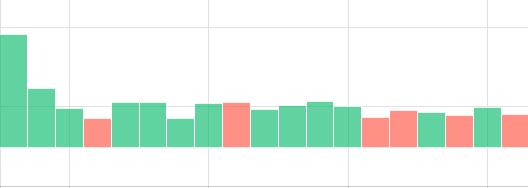In trading and investing, one of the most important concepts is liquidity. Understanding what liquidity means can help you avoid unnecessary losses, trade more efficiently, and manage your risk better. In this article, you’ll learn:
- What liquidity actually is
- Why it matters to traders
- How to identify liquidity in the markets
- What to watch out for with illiquid assets
What Is Liquidity?
Liquidity refers to how easily and quickly you can buy or sell an asset at a fair market price.
- If you can instantly buy or sell without the price moving significantly against you, it’s a highly liquid market.
- If it takes time and you need to buy higher or sell lower than the current price, it’s a low liquidity market.

Why Is Liquidity Important?
High Liquidity:
- Fast entry and exit from positions
- Tight spreads (small difference between bid and ask prices)
- Low slippage
- Ability to trade large volumes without impacting price
Low Liquidity:
- Wide spreads → more expensive trades
- Risk of delayed or partial execution
- Large orders may move the price significantly
- Better suited for long-term investors than active traders
How to Identify Liquidity in the Market
Here are several practical ways to assess the liquidity of a specific market or asset:
1. Trading Volume
- The most basic liquidity indicator – the higher the daily volume, the more liquid the market.
- Check volume indicators in charting tools like TradingView.
2. Bid-Ask Spread
- The difference between the highest buy offer (bid) and the lowest sell offer (ask).
- Narrow spread = high liquidity
- Wide spread = low liquidity
Example:
- EUR/USD: 0.1 pip spread – very liquid
- Penny stock: 3% spread – highly illiquid
3. Order Book Depth
- Shows how many buy/sell orders are placed at various price levels.
- A dense and deep order book means many active participants and high liquidity.
4. Speed of Order Execution
- If your orders are filled instantly without slippage, the market is liquid.
- If orders are delayed, filled partially, or slip significantly, liquidity is low.
5. Price Stability During Volume Spikes
- If prices remain stable even with high volume → the market is deep and liquid.
- If small orders move the price sharply → low liquidity warning.
Summary:
- Liquidity = the ability to quickly and efficiently exchange an asset for cash
- It’s essential for effective trade entries, exits, and risk control
- Watch: volume, spread, order book, execution speed
- Avoid illiquid markets if you’re doing short-term trading
